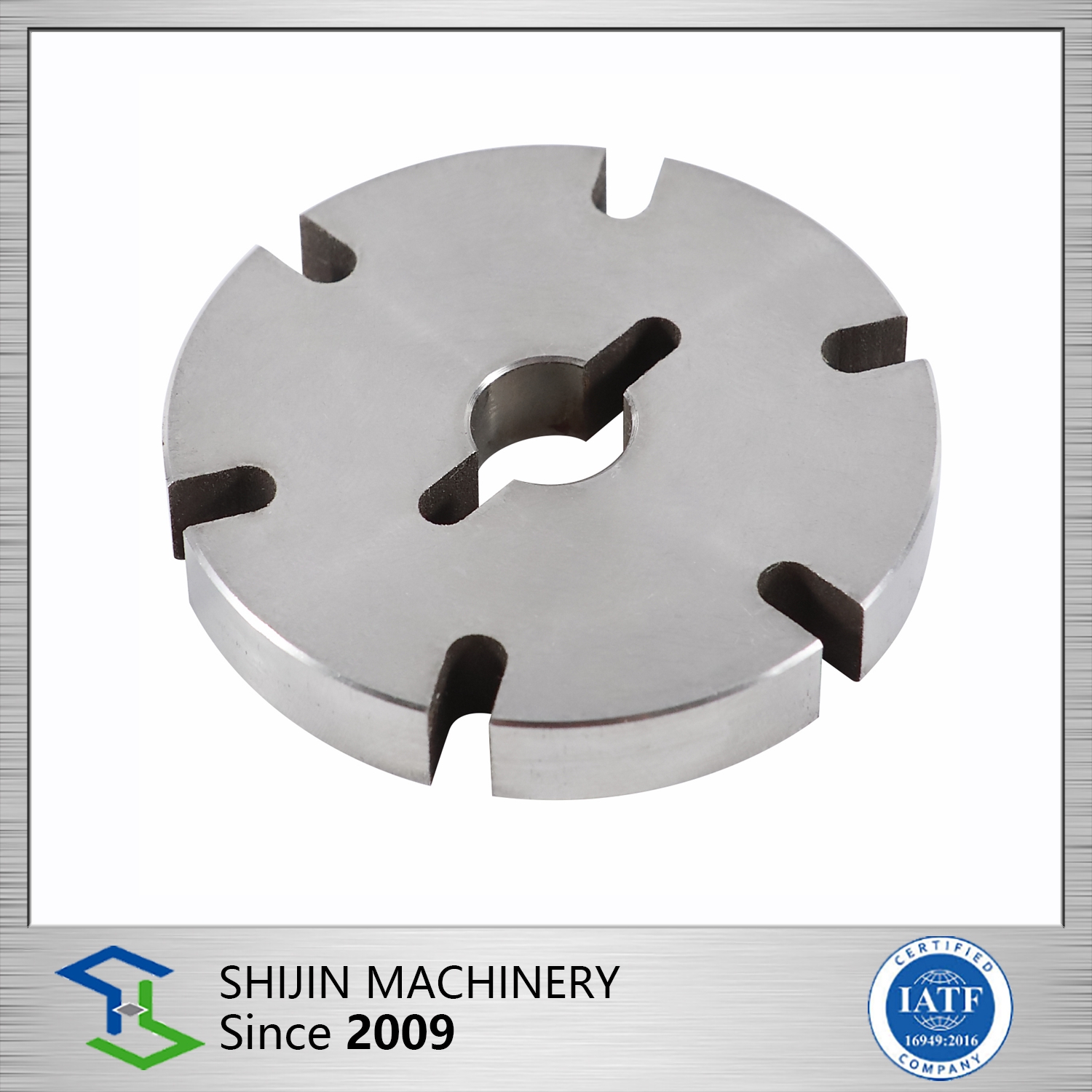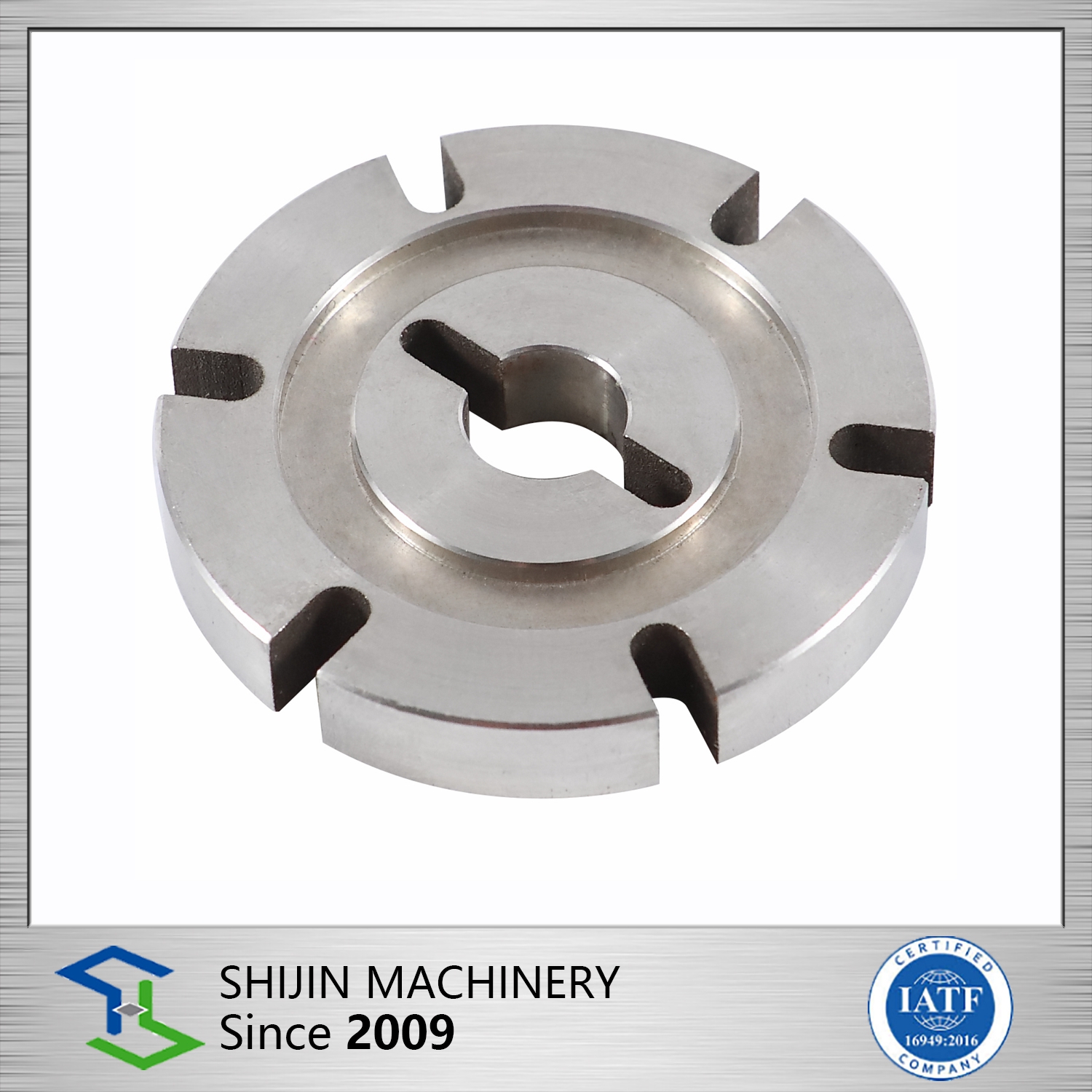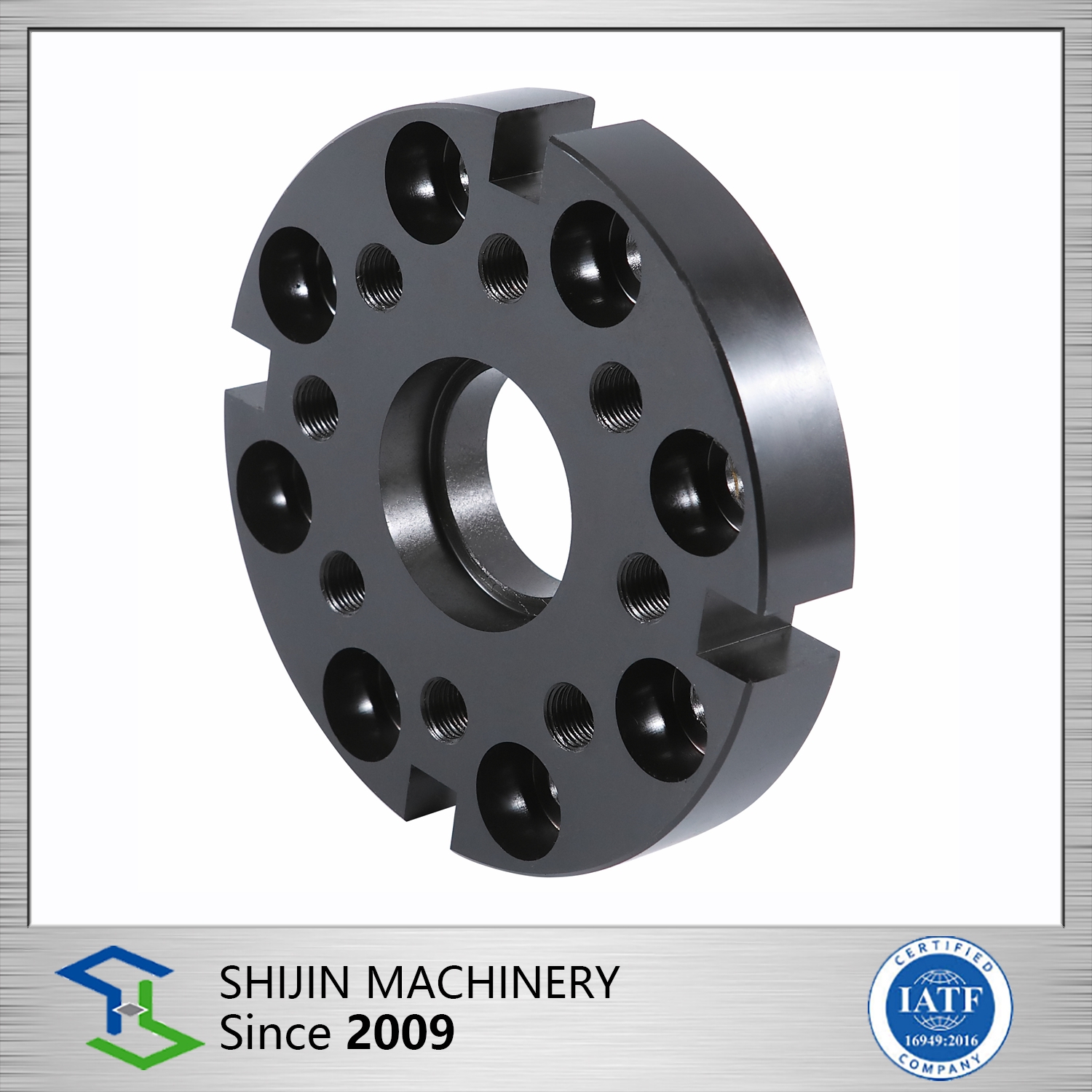Plating for the thread holes
Oct 09, 2020
When a part has threaded holes and it is plated, there is always a potential to have problems with the thread class.
All types of plating have a thickness. The plating thickness will vary greatly depending on the type of plating - from .002mm or less for Class 3 Chemical conversion coating, all the way up to .05mm or more for Type III Hard Anodizing.The smaller the threads are, the higher a percentage of the pitch diameter tolerance will be used by up by the plating thickness. The same is true of high tolerance threads with a high thread class and a corresponding tighter pitch tolerance. The single biggest factor is the fact that the plating is applied to both sides of the thread profile on both sides of the hole.There are a two primary ways to negate this effect.

One is to mask the hole during the plating process. This is the preferred method if the application does not require plating on the threads(Below photo shows thread plugs to seal threads during plating).

The other method is to use an oversized tap during the machining process so that once the plating thickness is added onto the threads it still meets the thread class. Because plating thickness can vary, this method isn't 100% guaranteed to work, especially on smaller threads where the tolerance range is so small. If the resultant plating thickness doesn't match the oversize tap then you may still have the condition where the thread class is not in tolerance.
When masking holes, there is a chance of some of the chemicals bleeding into the hole. With proper masking techniques this should be minimal but it is still a potential and allowing a thread to be chased with a tap or cleaned out is advisable. Blind holes present a few other problems to be aware of. Most types of plating require a good flow of chemicals over the surface metal to achieve good coverage and thickness. At the bottom of a blind hole, the chemicals do not have an opportunity to do this. This will often result in little or no plating at the bottom of the hole. There are two problems presented in this situation. One is that there will not be protection offered by the plating and the second is that if the thread was oversized in anticipation of the plating thickness, they the thread class might be out of spec on the large side of the tolerance. For plating types that are very thin, the issue of thickness may not be a factor at all, but the lack of coverage may be. Adding a note to the print that full coverage is not required at the bottom of the holes may head off potential problems.
Another common occurrence is that chemicals will be trapped in the bottom of the hole after the plating process is finished. Plating companies should blow out holes with compressed air to eliminate this problem but they do not always do it consistently. If you have blind holes from several sides, this is further exacerbated as you cannot rack the parts so that the plating solution can drain from the holes. With cosmetic plating types, such as colored anodize,often the chemicals can bleed out after the dying step of the process and cause runs to appear on the outer surface of the part, ruining the cosmetic nature of the finish. Another type of defect that can happen with blind threaded holes is that the chemicals that get trapped at the bottom actually dry out and then cause corrosion. We have seen this several times with chemical conversion coating. This underscores the importance of the plating company blowing out the holes.






